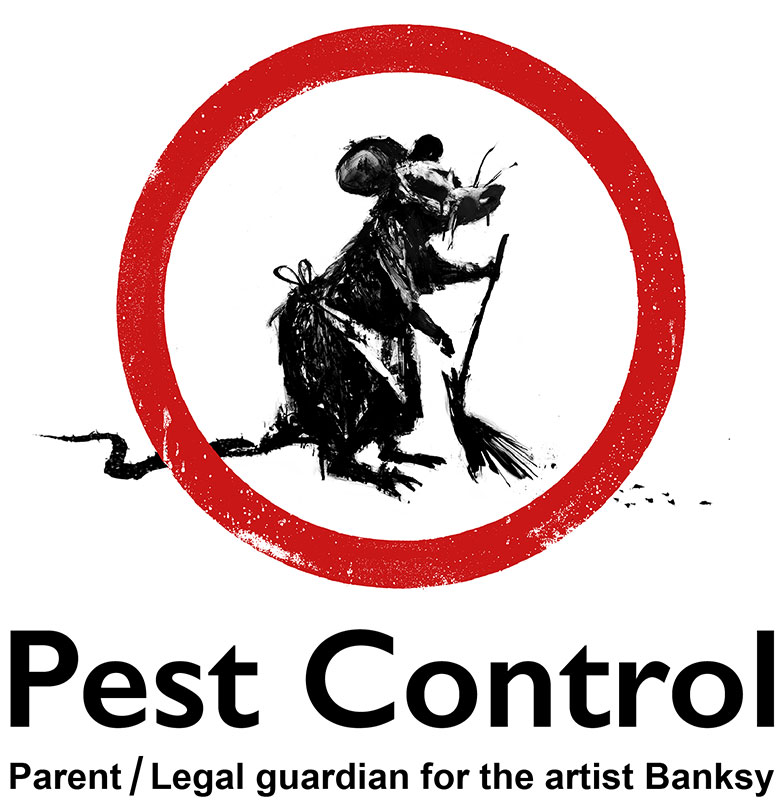A1 Bed Bug Exterminator Charlotte - Specialized Bed Bug Removal
A1 Bed Bug Exterminator Charlotte - Specialized Bed Bug Removal
Blog Article
Bed Bug Treatment Breakdown: Comparing Chemical Vs. Non-Chemical Solutions
In the realm of insect control, particularly when taking care of the persistent problem of bed pests, the choice in between chemical and non-chemical therapy services can be a crucial one. Both methods supply distinctive advantages and downsides, influencing variables such as performance, security factors to consider, and total price. By analyzing the nuanced details of each technique, a clearer understanding of which path to seek in dealing with a bed bug problem can be acquired.
Effectiveness of Chemical Treatments
Chemical therapies for bed insect invasions have been extensively acknowledged for their potent and quick efficacy in eliminating these bugs. When considering the effectiveness of chemical treatments, it is vital to understand that they can supply a quick and complete remedy to a bed insect issue.
Moreover, chemical therapies have the advantage of providing recurring effects, meaning that they can proceed to eliminate bed pests even after the initial application. This residual activity is particularly beneficial in combating any type of potential re-infestations. Furthermore, the quick action of chemical treatments can bring alleviation to individuals dealing with extreme bed pest invasions, enabling them to gain back control of their home rapidly.
Security Issues With Chemical Solutions
When utilizing chemical solutions for bed pest treatment is guaranteeing the security of occupants and the setting,One critical aspect that requires careful consideration. While chemical treatments can be efficient in eliminating bed pests, they might present dangers if not managed effectively. One of the main safety worry about chemical services is the possible damage they can create to human health and wellness. Direct exposure to certain chemicals used in bed bug therapies can result in breathing problems, skin inflammation, or various other damaging responses, particularly in individuals with pre-existing problems or sensitivities. Furthermore, inappropriate application or dosage of chemical pesticides can cause hazardous residues lingering in the cured area, presenting long-term health dangers to occupants.
Furthermore, the environmental effect of chemical services is an additional substantial factor to consider. Some chemicals utilized in bed insect therapies might be unsafe to helpful insects, wildlife, and ecological communities if they leach right into the soil or water systems. It is vital to make use of chemical therapies judiciously, adhering to safety standards, and taking into consideration less toxic choices to mitigate these dangers and make sure the reliable and secure monitoring of bed insect infestations.
Advantages of Non-Chemical Approaches
Thinking about the potential security issues and ecological influence linked with chemical services for bed insect therapy, exploring non-chemical approaches provides an encouraging option with several distinctive benefits. Non-chemical therapies are ecologically friendly, as they do not add to air or water contamination, making them a sustainable choice for parasite control.
In addition, non-chemical solutions can be reliable in targeting bed insects, including hard-to-reach locations where chemical treatments might not permeate - A1 charlotte bed bug exterminator. Techniques such as warm therapy, vacuuming, steam cleansing, and mattress encasements offer extensive elimination without the use of unsafe chemicals.
Limitations of Non-Chemical Treatments

Furthermore, non-chemical treatments often require multiple applications to attain effective elimination. This can be time-consuming and might not always assure complete elimination of all bed insects and their eggs, my link particularly in hidden or hard-to-reach places.
Additionally, the success of non-chemical treatments heavily depends on appropriate implementation and thoroughness, which can be challenging for individuals without professional competence. Inadequate application of non-chemical techniques may lead to insufficient obliteration, resulting in relentless invasions and the need for extra treatments.
As a this post result, while non-chemical therapies have their advantages, it is crucial to acknowledge these limitations and consider them when establishing the most efficient method for managing bed insect invasions.
Expense Contrast: Chemical Vs. Non-Chemical Options
Provided the restrictions linked with non-chemical therapies, an essential element to examine in the context of bed bug management is the price contrast between chemical and non-chemical options. In contrast, non-chemical therapies like warm treatment or steam can be much more pricey, with expenses varying from $1,000 to $6,000 for an entire home. While the preliminary price of chemical therapies may appear lower, several treatments might be required to fully remove the infestation, potentially boosting the general price.
Conclusion

Taking into consideration the potential safety problems and ecological impact associated with chemical options for bed bug therapy, discovering non-chemical methods presents an appealing choice with a number of distinct advantages.Provided the limitations linked with non-chemical therapies, best pest control company an essential element to assess in the context of bed insect management is the expense contrast in between chemical and non-chemical alternatives. In comparison, non-chemical treatments like warmth treatment or heavy steam can be much more pricey, with prices ranging from $1,000 to $6,000 for an entire home. While the first cost of chemical treatments might seem lower, several treatments may be needed to totally remove the invasion, potentially raising the general price.In final thought, when contrasting chemical and non-chemical bed bug treatment alternatives, it is crucial to take into consideration effectiveness, safety and security, advantages, limitations, and price.
Report this page